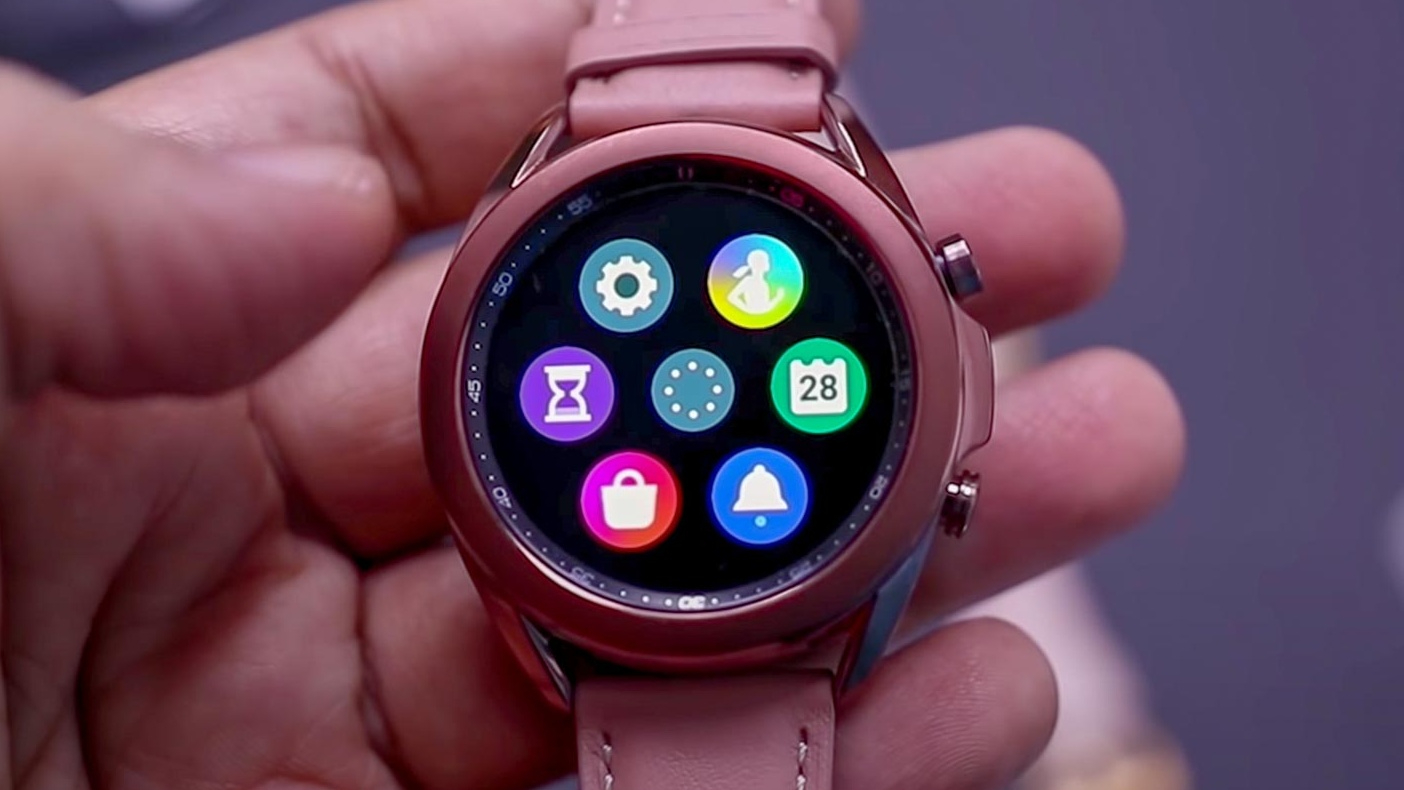Samsung Galaxy Watch 4 ditching Tizen for Wear OS is a game-changer — here’s why
If the next Samsung Galaxy Watch switches to Wear OS from Tizen, maybe I'll actually buy one

The Samsung Galaxy Watch 4 was already primed to become one of the best smartwatches around, but I think a switch to Wear OS from Samsung’s Tizen software will make it even better.
I know what you’re thinking: Kate, what’s wrong with you? Wear OS smartwatches are terrible. The software is glitchy and the fitness features are uninspiring and you’re delusional to think abandoning the perfectly fine Tizen platform is a good thing.
- Smartwatch buying guide
- Best cheap smartwatches
- An alternative view: Galaxy Watch 4 switching to WearOS would be a disaster
Let’s get this out of the way: I don’t actually think Samsung will make the move. But when leaker IceUniverse tweeted last week that the company is making a jump from its proprietary wearable OS to Google's Wear OS, I started to get my hopes up.
Wear OS (formerly Android Wear) gets a bad rap. It’s popular among smaller smartwatch makers like Fossil and TicWatch, but devices running on Wear OS have lacked the powerful processors and advanced fitness-tracking features offered by Apple's watchOS and Samsung's Tizen OS.
And that’s exactly why Samsung should step in. It manages to build some of the best Android phones using Google's smartphone software, so why couldn’t it do the same for Wear OS? Samsung has the opportunity to make the Galaxy Watch the best Wear OS smartwatch in history.
Of course, Samsung couldn’t do it alone. Google would need to be revamping its wearable platform behind-the-scenes, introducing extensive open-source options and resolving pesky bloatware problems. Google and Samsung would also need to come to terms with developers, ensuring every app available on the Tizen store is also listed on the Wear OS one. There would need to be compromises on Google Fit vs. Samsung Health and Google Assistant vs. Bixby, too.
There’s no question which AI butler we’d all prefer, but negotiating the health services might be more complicated. While Samsung Health is highly capable and widely compatible for Samsung TVs, Galaxy phones and more, Google Fit is taking significant strides to change the wellness game. As of this month, Pixel phones can read your heart rate and respiratory rate. The obvious solution would be to offer both services, and let users choose which they want as their default.
Get instant access to breaking news, the hottest reviews, great deals and helpful tips.
Tizen vs. Wear OS: Compatibility is key
I’ve hardly scratched the surface of the hurdles it would take for a Samsung Galaxy Watch running Wear OS to happen. So, again, it’s probably not happening. The reason I’m hopeful has little to do with which platform I currently prefer and everything to do with compatibility.
You see, the Galaxy Watch is technically usable with Android phones and iPhones. But it’s not, not really. The Samsung Galaxy Watch 3 is not all that different from my Apple Watch Series 6 in that it’s truly designed to work with Samsung phones. The fact that there’s even an iOS app is a tease, since it doesn't run well and you can’t use important features like ECG monitoring unless you have a Galaxy phone.
If the next Galaxy Watch runs Wear OS, I would use it more than I have previous models. I’ve enjoyed testing Wear OS watches, and even keep the iOS app around on my phone to poke around from time to time. Wear OS could also make the Galaxy Watch more appealing to Pixel smartphone users, who are still waiting on a Google Pixel Watch.
I can't and don’t want to speak for the existing, everyday Galaxy Watch wearers. I'm just here to tell you that a) you probably have nothing to worry about it, since the switch is long shot and b) in the small chance it does, it won't be all that bad. Really.
- Up next: How to watch Yellowstone online for free and without cable

Kate Kozuch is the managing editor of social and video at Tom’s Guide. She writes about smartwatches, TVs, audio devices, and some cooking appliances, too. Kate appears on Fox News to talk tech trends and runs the Tom's Guide TikTok account, which you should be following if you don't already. When she’s not filming tech videos, you can find her taking up a new sport, mastering the NYT Crossword or channeling her inner celebrity chef.
